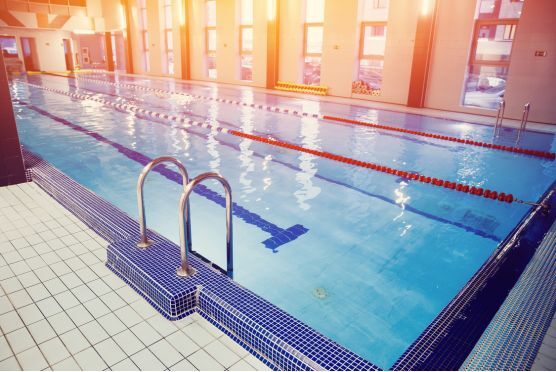How leisure facilities can save energy without affecting the customer experience
Long hours, temperature-sensitive spaces and constant pressure on service can leave energy low on the to do list. Still, when comfort slips, guests...
2 min read
 Stephanie Beadling
Oct 2, 2025 9:24:55 AM
Stephanie Beadling
Oct 2, 2025 9:24:55 AM
.png)
The good news: many energy losses in retail are easy to spot and fix, without hurting the look or feel of your space. In fact, smarter control of lighting, heating/cooling and refrigeration can lift profit and improve comfort at the same time. A 20% cut in energy costs has the same bottom-line effect as a 5% rise in sales. That’s worth the effort.
Across retail, the biggest end uses are heating / ventilation / air conditioning (HVAC), lighting and, if you sell food, refrigeration. The exact split varies by store type, but these are the hotspots most managers can influence day-to-day.
LEDs use far less electricity than older lamps and produce less waste heat, which also eases the load on air-conditioning. Add sensible controls and you can trim hours of runtime without dimming your brand.
Small control tweaks protect comfort and margins. Many stores can safely switch off or set back heating/cooling around one hour before closing with no impact on staff or shoppers. Check schedules monthly, settings drift.
Door discipline matters. Every open entrance leaks conditioned air. Options include automatic doors, a draught lobby or efficient air curtains. Where doors can be closed, do it, research linked to the Close the Door campaign and Cambridge University found shops with doors closed used up to half the heating energy of those left open. That saves money and keeps the shop floor pleasant on hot or cold days.
If you run chillers or multideck cabinets, this is likely your largest electricity load. UK research estimates retail refrigeration uses 3.28 TWh of electricity a year, so the opportunity is real.
Fit doors or night blinds. Studies show adding doors to open multidecks can cut cabinet energy use by around half while improving product temperature stability: good for quality and for bills. Night blinds on open cases reduce overnight losses. Keep coils clean and check defrost cycles; both affect energy and product temperatures.
Digital screens, demo units and chargers creep on out of hours. Put them on timers, group sockets by area and add shutdown checks to closing procedures. These are simple habits that prevent spend with zero impact on sales.
Comfort drives dwell time. The Carbon Trust highlights that controlling energy well improves conditions for staff and shoppers, and comfortable customers stay longer. The same tweaks that cut waste often make stores feel calmer: fewer hot/cold spots, better-lit displays and quieter cases with doors.
Small changes often add up to real gains, but it can be difficult to know where to start on your own. That’s where a free energy health check can help. We’ll review your bills and talk through how your store uses energy and explore areas where you could save money and improve comfort.

Long hours, temperature-sensitive spaces and constant pressure on service can leave energy low on the to do list. Still, when comfort slips, guests...
.png)
When the pool is full and the courts are booked, you feel the energy meter spin. Then there are the quiet hours when plant hums away for almost no...
.png)
You’re under pressure to keep trucks moving, keep people safe, and still bring the energy bill down. The good news? A quarter is enough to show real...